Ripple’s $5 billion bid for Circle gets rejected
In another signal that stablecoins are becoming the buzzworthy product in crypto, Ripple reportedly made an offer ranging from $4 billion to $5 billion to acquire Circle, the company behind USDC; however, the offer was allegedly quickly rejected—which doesn’t come as a surprise.
Circle is preparing to go public, and USDC alone has a market cap of $61.7 billion. A sub-$5 billion offer for a company controlling the second most dominant stablecoin in the market was a deal that was doomed from the start.
However, Ripple’s attempt highlights a few interesting things about the stablecoin space. For starters, Ripple, the company behind XRP, has been trying to stay relevant in the stablecoin space but hasn’t found great success in that area. Its stablecoin, RLUSD, has a market cap of just $316.9 million—roughly 195 times smaller than USDC’s market cap. This massive gap highlights how much Ripple would benefit from acquiring a stablecoin giant like Circle.
As you can imagine, Ripple has much more to gain from a deal like this than Circle would. However, Ripple could bring one key benefit to Circle via its international reach. Ripple claims that 90% of its business activity happens outside the United States, which could be useful if Circle wants to expand more aggressively overseas—but clearly not useful enough to take Ripple’s offer seriously.
The broader narrative here is that stablecoins are entering a phase of consolidation and competition. Whether through mergers, acquisitions, or aggressive innovation, major crypto players are beginning to fight for position in what is quickly becoming one of the most critical battlegrounds in crypto. Even Tether recently announced that they are moving to launch a stablecoin in the USA.
As regulatory clarity increases and financial institutions become more open to blockchain-powered solutions, I would expect more innovation, as well as M&A activity in the stablecoin space, as companies try to get a piece of ownership in the blockchain application that is currently working its way into the traditional financial system.
Mastercard’s stablecoin expansion
The stablecoin innovation streak continued this week, with Mastercard (NASDAQ: MA) unveiling a full-service stablecoin transaction platform that allows consumers to spend stablecoins using a debit card (launching with OKX) and enables merchants to accept and settle payments in stablecoins.
“When it comes to blockchain and digital assets, the benefits for mainstream use cases are clear,” said Jorn Lambert, Chief Product Officer at Mastercard. “To realize its potential, we need to make it as easy for merchants to receive stablecoin payments and for consumers to use them. We believe in the potential of stablecoins to streamline payments and commerce across the value chain.”
It’s become clear that major players in both the global payments and digital asset sectors are ramping up efforts to fuse blockchain with traditional finance. Last week, Circle announced the launch of a global payments network built on blockchain and settled in stablecoins. While different in structure, Mastercard’s move points in the same direction: giving stablecoins real-world utility beyond digital currency trading.
But one key distinction between Mastercard’s offer and Circle’s Payments Network (CPN) is its intended audience; the CPN is business-to-business and institution-focused, while Mastercard is positioning its product as “a 360-degree approach where consumers can spend stablecoins and merchants can receive them,” which is clearly aimed at the everyday consumer.
That’s where Mastercard’s approach may fall short. The business case for merchants and financial institutions using stablecoins is clear—lower fees and faster settlement times make a lot of sense. However, for the average consumer, the value proposition of using stablecoins like they do fiat currency is unclear. Why would someone pay in stablecoins instead of fiat or opt for a stablecoin payment instead of reaching for their credit card?
One fringe use case that comes to mind is potential tax advantages; if a user never technically “cashes out” their crypto but instead converts it into stablecoins and spends that balance directly, there might be tax efficiencies. But beyond that, most consumers are unlikely to go out of their way to spend stablecoins.
Regardless, this move by Mastercard marks yet another step in legitimizing stablecoins as usable money, not just a safe haven asset for trading refuge.
The state of Bitcoin mining
A new report by CoinShares shed some light on the current state of Bitcoin mining. According to the data, the cost to mine a single Bitcoin sat at around $82,162 at the time the report was published, which was nearly identical to the price of Bitcoin at that time. But once non-cash costs like hardware depreciation are factored in, that cost balloons to an average of $137,018 per bitcoin for publicly traded mining firms—which means that many companies are operating at a loss on every Bitcoin they mine at recent price levels. And those numbers are for large, well-capitalized mining operations. The situation is even worse for smaller players without economies of scale or access to cheap electricity.
The report explains, “Valuation multiples across the sector have compressed, reflecting a growing investor consensus that Bitcoin mining increasingly resembles a zero-sum game—where gains in one miner’s capacity directly erode the market share of others.”
In other words, the only way to survive is to become more efficient than everyone else, and by default, when these companies do get more efficient, their competitors are left worse off. This increases the overall cost of mining a single bitcoin due to the change in competition. As a result, mining Bitcoin gets harder and more expensive by the day.
In response to this economic reality, some mining companies are starting to pivot. Several are beginning to diversify into adjacent sectors like data center infrastructure and high-performance computing (HPC) hosting, which could offer more stable and scalable revenue than Bitcoin alone. Others are looking at allocating a portion of their computing power to artificial intelligence (AI) operations or switching to mining other digital currencies that are currently more profitable.
Overall, the report indicates that unless a miner has the most advanced machines, operates at a significant scale, and has access to cheap power, regardless of whether they are a small operation or a publicly traded company, they will find themselves operating at a loss unless the price of bitcoin skyrockets.
Watch: Untangling Bitcoin mining at the CoinGeek Weekly Livestream




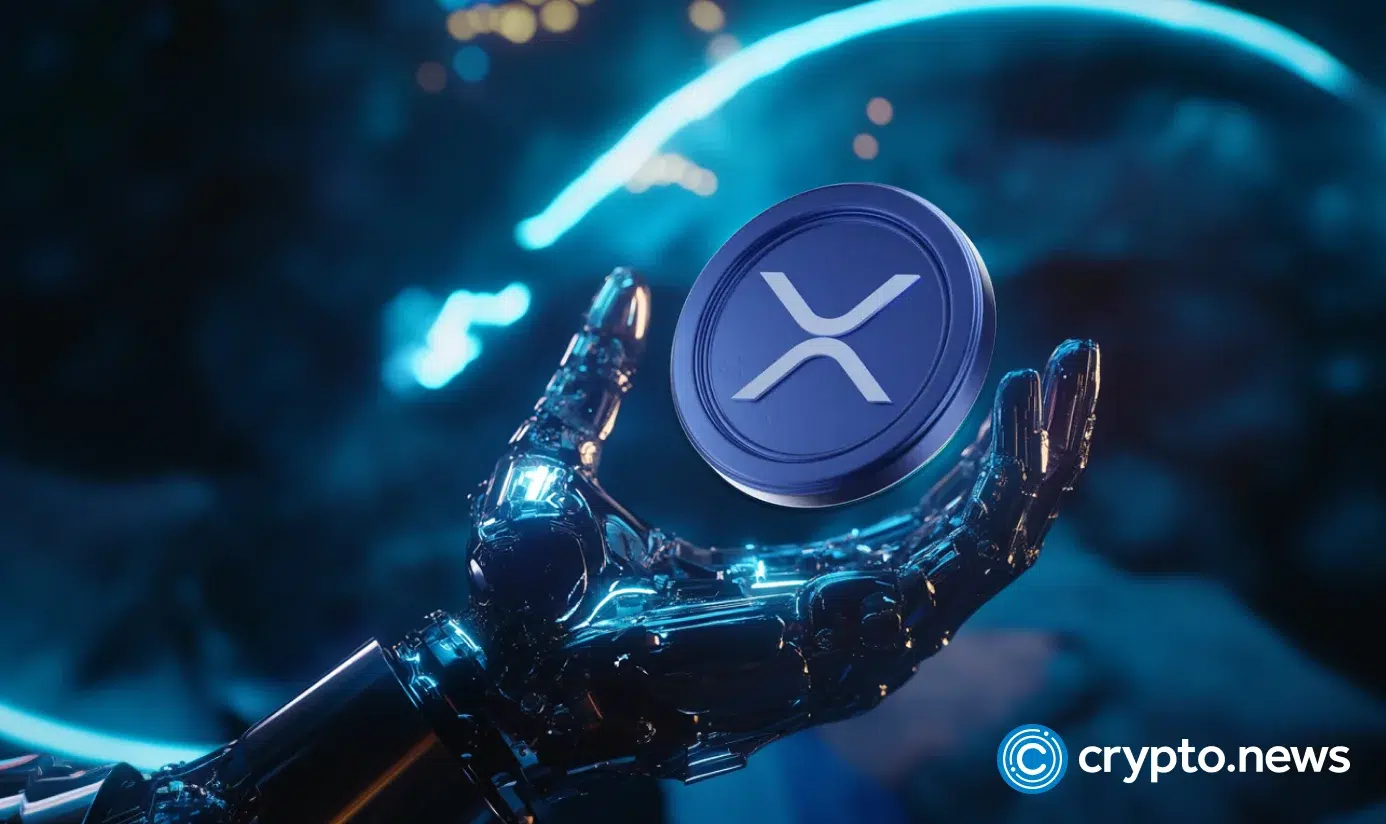

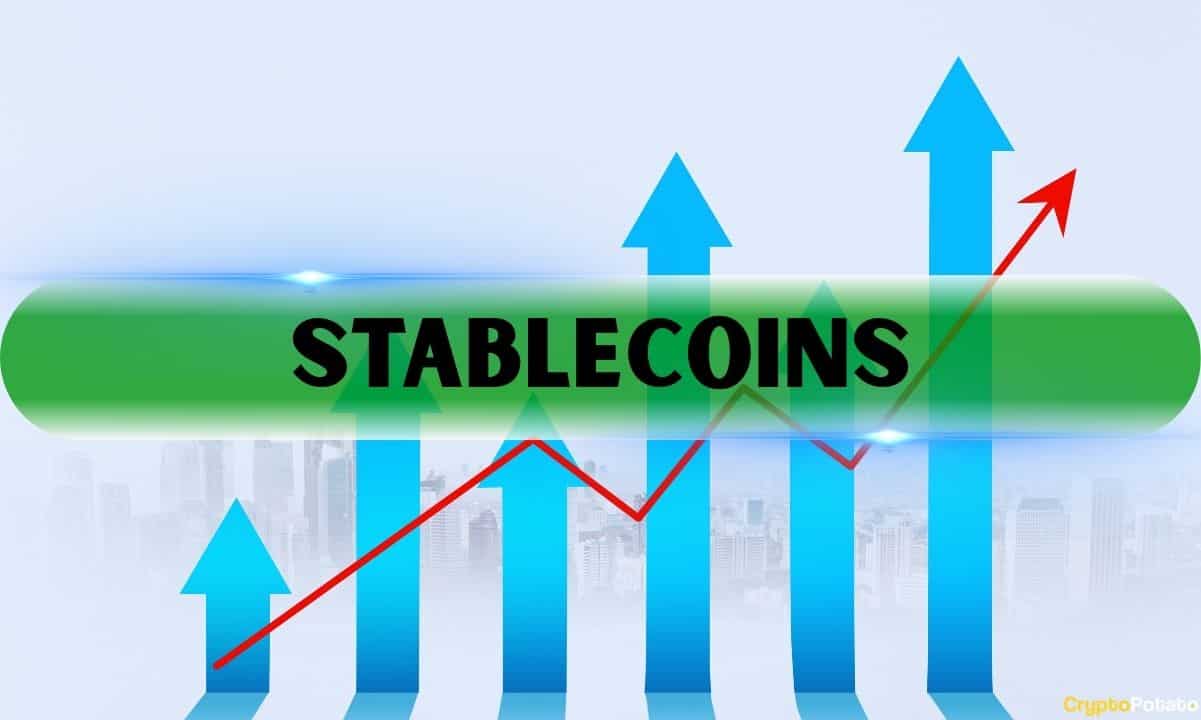

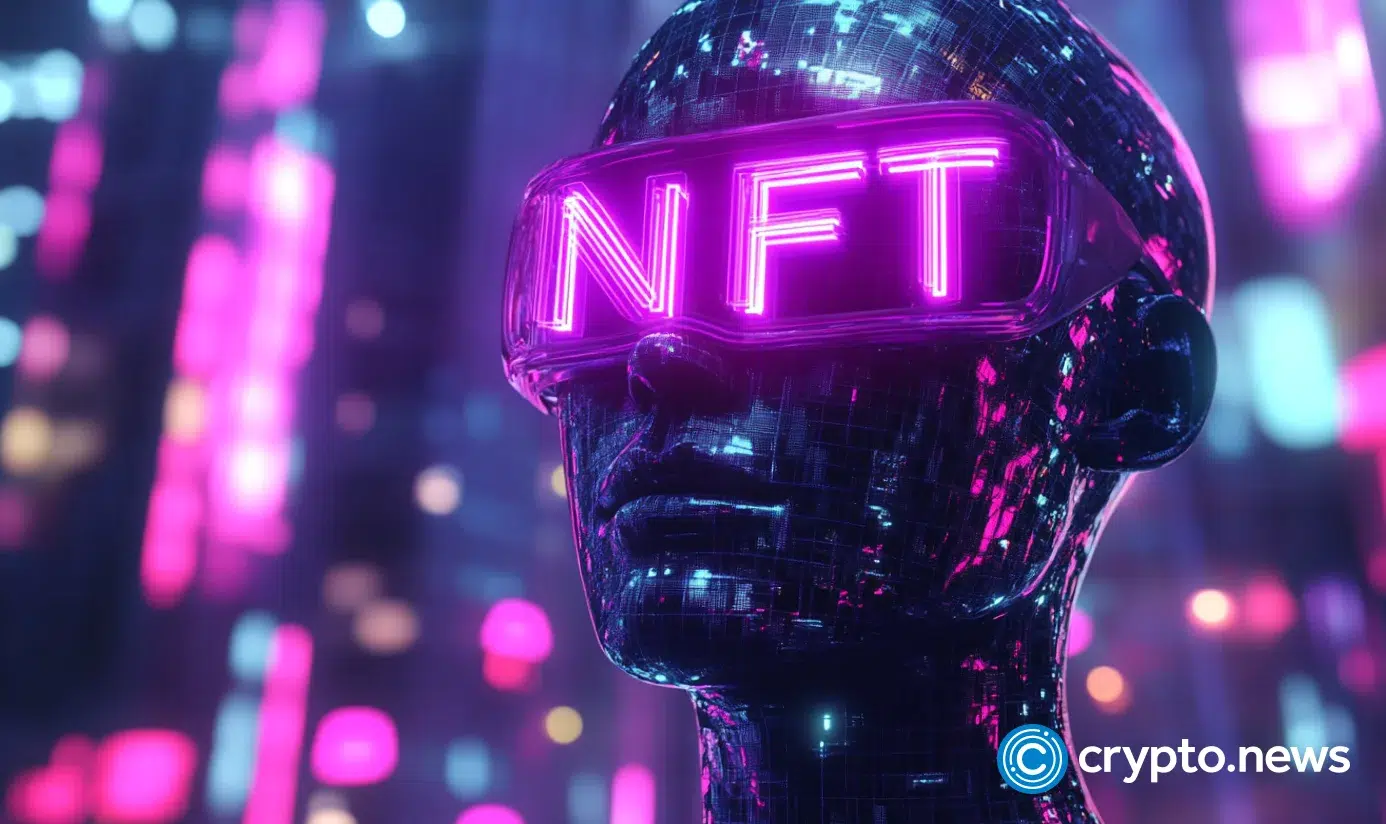
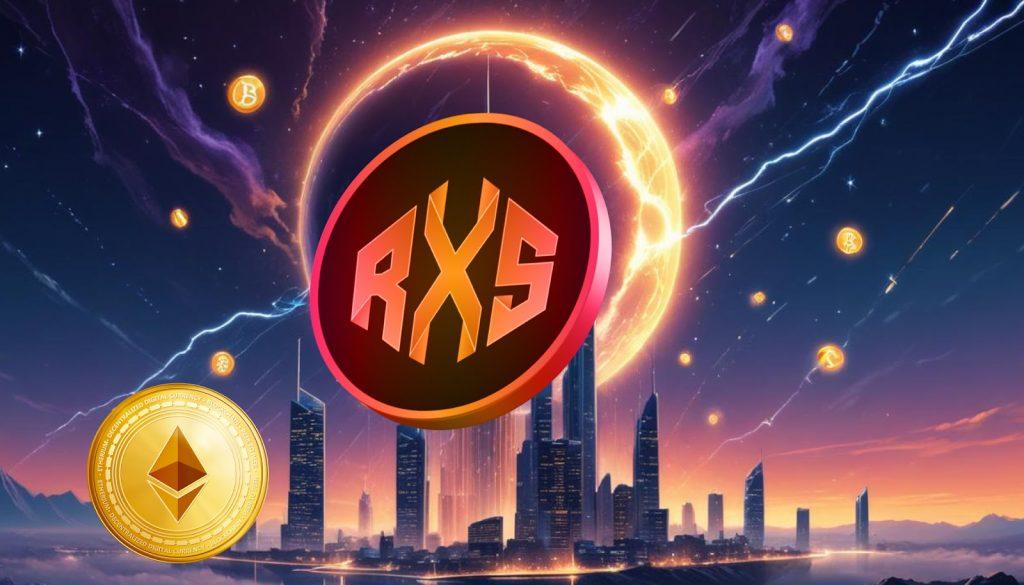






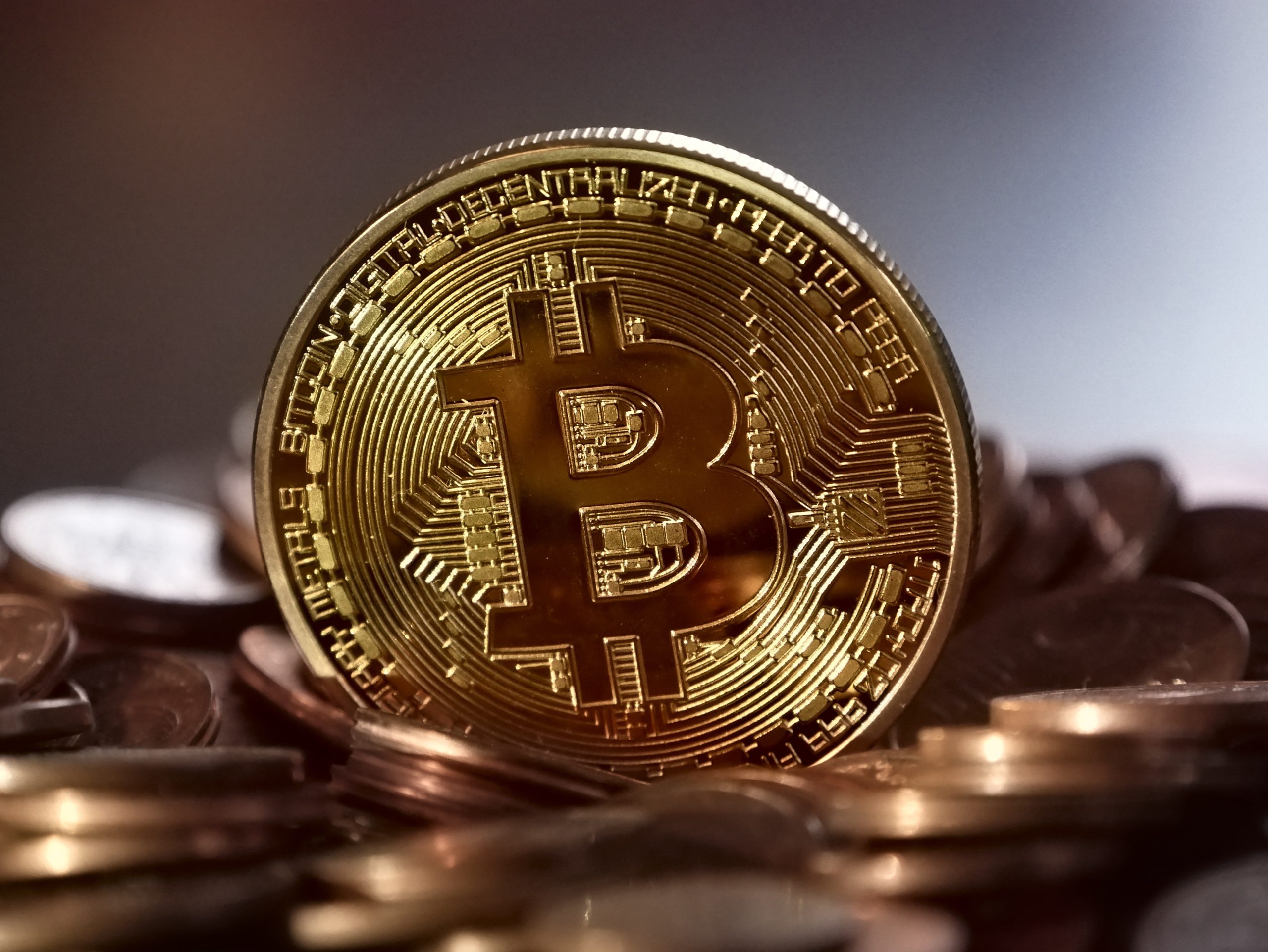
 English (US) ·
English (US) ·